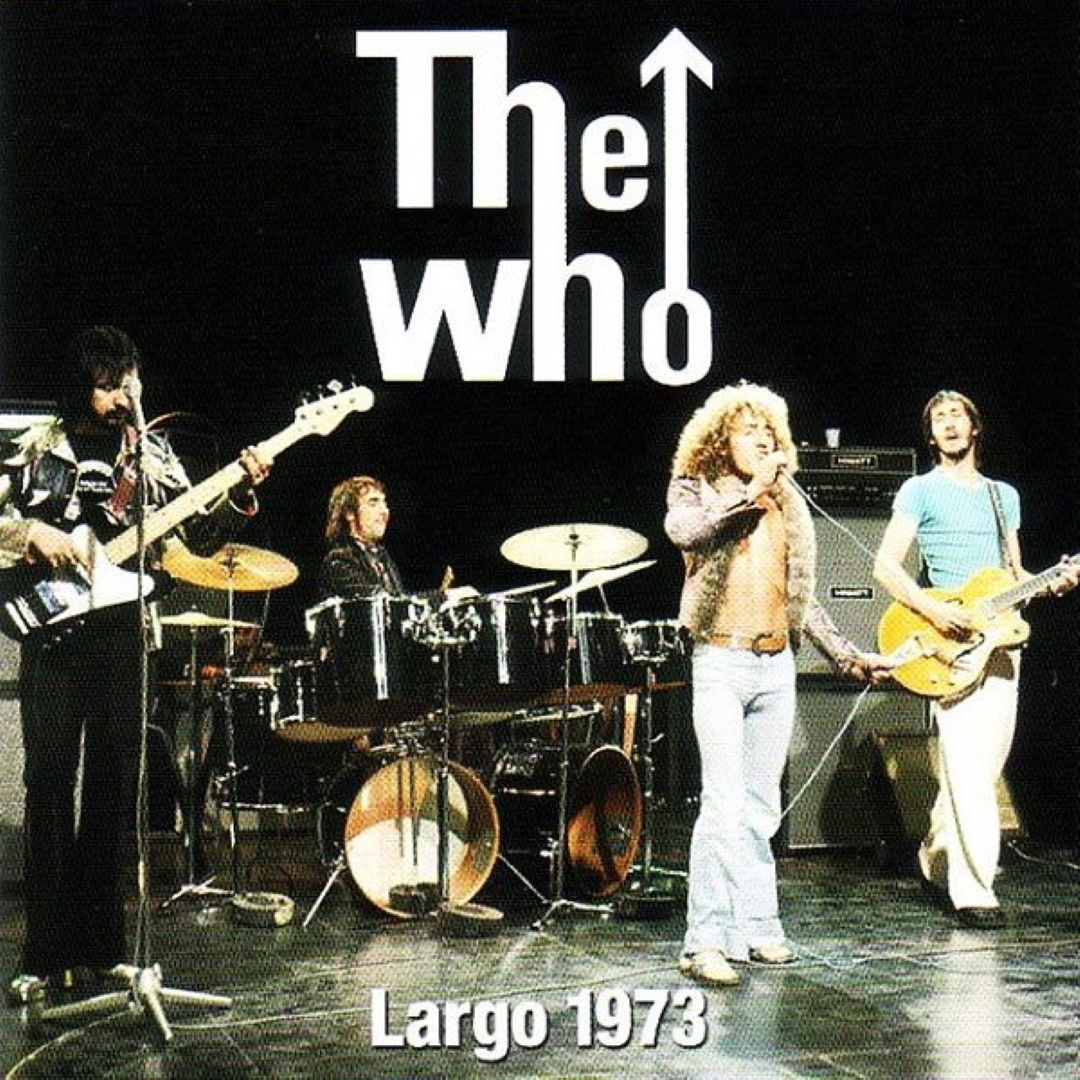🌧 The End of the Mod Dream
By 1973, The Who had already changed what rock music could be. Tommy (1969) had turned them into pioneers of the rock opera — a band capable of transforming chaos into storytelling. But Pete Townshend wasn’t done. Four years later, he wrote Quadrophenia — an even more ambitious, more personal, and more painful work.
If Tommy was a myth about spiritual awakening, Quadrophenia was a mirror. It reflected the real London streets where Townshend had grown up — the damp alleys, the scooter rides by the sea, the Saturday night fights, and the Sunday morning hangovers.
It was a story of one confused boy, but also the story of an entire generation: the Mods.

🛵 Jimmy – The Boy Who Couldn’t Belong
The main character, Jimmy, is a working-class kid in post-war London. He’s not violent, but he’s angry. He’s not rebellious, but he refuses to be ordinary. He’s the embodiment of everything The Who once stood for.
He rides his scooter through the rain, fueled by pills and the thrill of belonging to something — a movement, a tribe. The Mods were obsessed with fashion, speed, and style; they wanted to look sharp even when life around them was falling apart.
Jimmy’s world is filled with noise: crashing waves, roaring engines, and the loudest music possible. Yet, inside, he feels empty.
And that’s where Townshend found himself too.
🎧 The Sound of Identity Crisis
Townshend designed Quadrophenia as both an album and a character study. Each member of The Who represented one of Jimmy’s personalities — a brilliant concept that made the music feel like a psychological map.
-
Roger Daltrey’s voice was the fighter — raw, desperate, and proud.
-
John Entwistle’s bass was the thinker — heavy, technical, and unshakable.
-
Keith Moon’s drumming was the lunatic — wild, impulsive, unpredictable.
-
And Pete Townshend’s guitar was the soul — wounded, reflective, and searching.
That’s why the album’s title is “Quadrophenia” — a play on schizophrenia, but split into four. It’s not just a story about mental instability; it’s a story about trying to find balance when every part of you is pulling in a different direction.
Musically, the album was a storm. Townshend used massive synthesizers, waves of feedback, and crashing rhythms to imitate the chaos of the ocean — the same ocean where Jimmy would eventually seek peace.
⚓ Brighton Beach – Salvation or Surrender?
The story reaches its emotional peak on the southern coast of England — Brighton Beach. It’s the sacred ground of the Mods, the site of their wildest battles with the Rockers.
Jimmy, disillusioned by his friends, his idols, and even himself, travels there one last time. He steals a boat, sails into the cold rain, and faces the sea as the music swells around him.
He’s searching for meaning — or maybe he’s giving up. The ending is ambiguous, like many of Townshend’s greatest moments.
The final track, “Love, Reign O’er Me,” captures everything Quadrophenia was meant to be: an anthem of surrender, redemption, and human fragility. The piano intro falls like raindrops, and then Roger Daltrey’s voice explodes — pleading, crying, roaring into eternity.
It’s not a love song in the traditional sense. It’s a prayer.
🔥 The Who at Their Peak – and on the Edge
When The Who performed Quadrophenia live, it was chaos. The technology was too advanced for its time; the band relied on backing tapes for the complex synthesizer sections, which often failed during concerts. Keith Moon would lose time. Pete would smash his guitar in frustration.
But that imperfection was part of its beauty. The album wasn’t meant to sound clean or easy — it was supposed to hurt.
Townshend later admitted that writing Quadrophenia almost broke him. The band was fracturing under fame, drugs, and exhaustion. Keith Moon’s self-destruction was accelerating, and Roger Daltrey was clashing with Townshend over artistic control.
Still, for all the pain, they had created something transcendent — a farewell to the youth they once represented.
💔 The Meaning After the Music
Looking back, Quadrophenia feels like the closing chapter of a cultural revolution. The Mod movement faded. The optimism of the 1960s died. And rock itself was about to evolve into something louder, darker, more cynical.
Yet the emotions remained timeless. Every generation since has had its own “Jimmy” — a restless soul searching for meaning in a world that doesn’t listen.
When Townshend revisited Quadrophenia decades later in the 1990s and 2010s, the songs hit harder than ever. The audience wasn’t made of Mods anymore — it was their children and grandchildren, still trying to figure out who they were.
🌧 Legacy of a Lost Generation
Few albums in history capture the confusion of growing up like Quadrophenia. It’s not about rebellion anymore; it’s about identity. It’s about the silence after the noise fades — the moment when the music stops and you’re left with yourself.
“Love, Reign O’er Me” remains one of The Who’s greatest achievements — a track that transcends time, genre, and ego. It’s a cry from the heart of a generation that lived fast, loved hard, and drowned in its own dreams.
Townshend once said:
“It’s not about being a Mod. It’s about being lost. It’s about trying to find something to believe in when nothing makes sense.”
That’s what Quadrophenia still is — half rock opera, half confession, all truth.